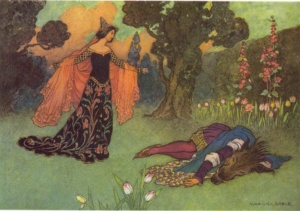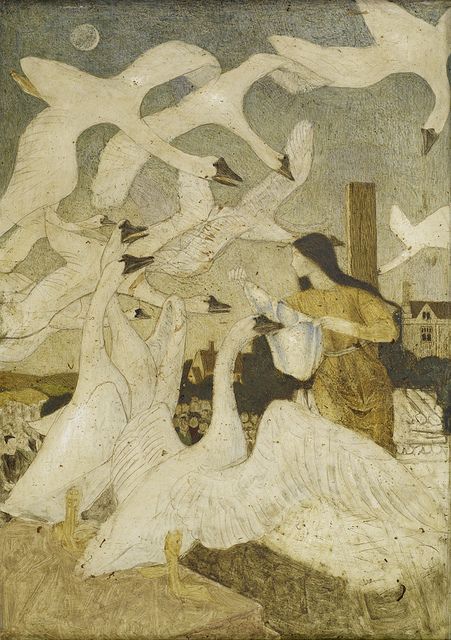Why We Still ReWrite Fairy Tales

Fairy tales are old, older than paper but younger than voice, passed down through the telling and retelling of oral tradition. And each story contains a piece of advice on the dangers of wolves (Little Red Riding Hood), learning self-reliance (Donkeyskin), and that things are not always what they seem (The Frog King). They don’t depict ordinary life or even an easy one. They cover difficult issues like blended families, arranged marriages, and even murder.
All these things still exist today.
But the most important thing fairy tales teach us is how to survive even when all is lost. How to turn the tables on your captor (Hansel and Gretel). How it’s okay to ask for help (Cinderella). And how love conquers all (Beauty and the Beast). G. K. Chesterton put it best when he said, “Fairy tales do not tell children the dragons exist. Children already know that dragons exist. Fairy tales tell children the dragons can be killed.”
And that is good storytelling.

As author Kate Forsyth tells us: “… a story only survives if it articulates some kind of desire or dilemma, some kind of predicament, which is of importance to both the reteller of the tale, and to his or her audience.”
And stories are the main device humans use to connect with one another. Certainly we have new mediums to do it with—social media, television, movies, ebooks—but the stories remain the same because they spark this flame of recognition both within our own lives and with our culture. Fairy tales are familiar and a comfort as well as a warning and a lesson. They are the template for all great stories, a myth from childhood.
And so authors like me return to fairy tales because in the end, readers want to know about ordinary people that have magical adventures and who fall in love with beasts who turn out to be human after all. WOLF AROUND THE CORNER turns the familiar fairy tale expectations on its head, making the beast learn the lesson of protecting his heart from the beauty. It has both elements of familiarity and a fresh new spin on how we perceive our society. And that’s what retelling a fairy tale is all about, taking the familiar and adapting it to our modern world.
Read all the original fairy tales mentioned in this post:
- Little Red Riding Hood: https://www.pitt.edu/~dash/type0333.html
- Donkeyskin: https://www.pitt.edu/~dash/perrault11.html
- The Frog King: https://www.pitt.edu/~dash/type0333.html
- Hansel and Gretel: http://theliterarylink.com/gretel.html
- Cinderella: https://www.pitt.edu/~dash/grimm021.html
- Beauty and the Beast: https://www.pitt.edu/~dash/beauty.html
- The White Cat: https://en.wikisource.org/wiki/Fairy_Tales_by_the_Countess_d%27Aulnoy/The_White_Cat
- Little Snow-White: https://www.pitt.edu/~dash/grimm053.html
- The Wild Swans: http://hca.gilead.org.il/wild_swa.html
And read more about WOLF AROUND THE CORNER: http://www.aideeladnier.com/allmybooks/one-offs-and-short-stories-in-collections/wolf-around-the-corner/
